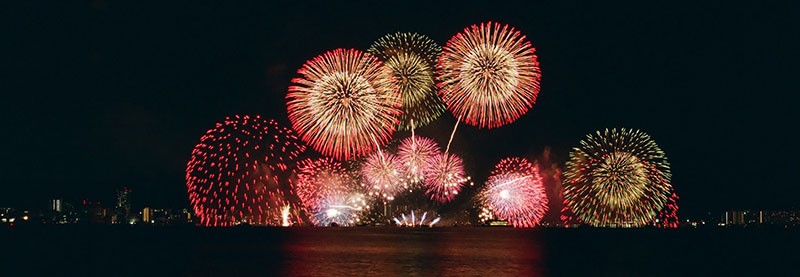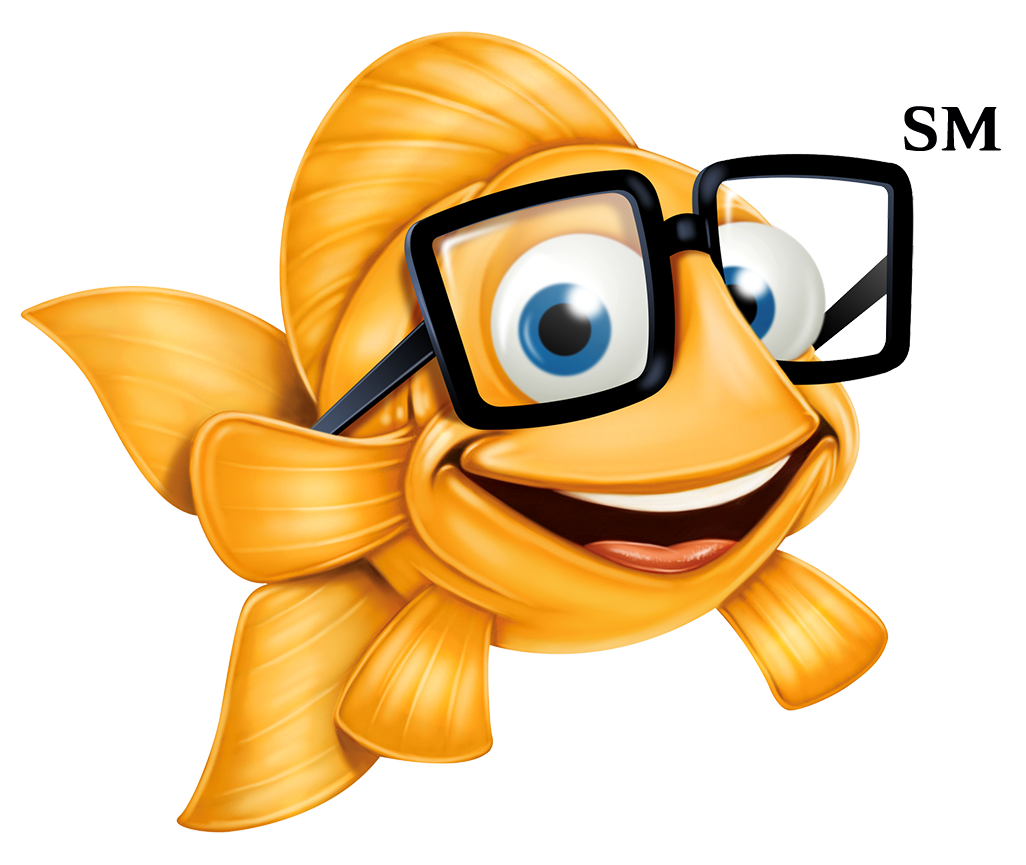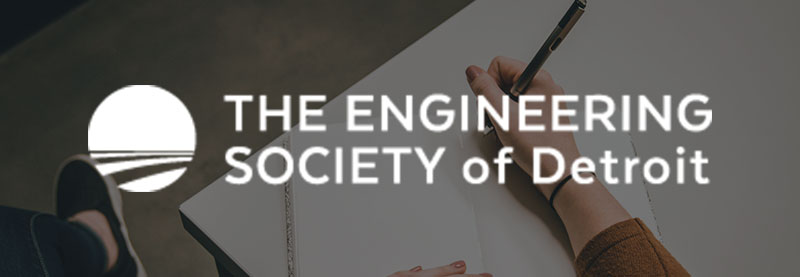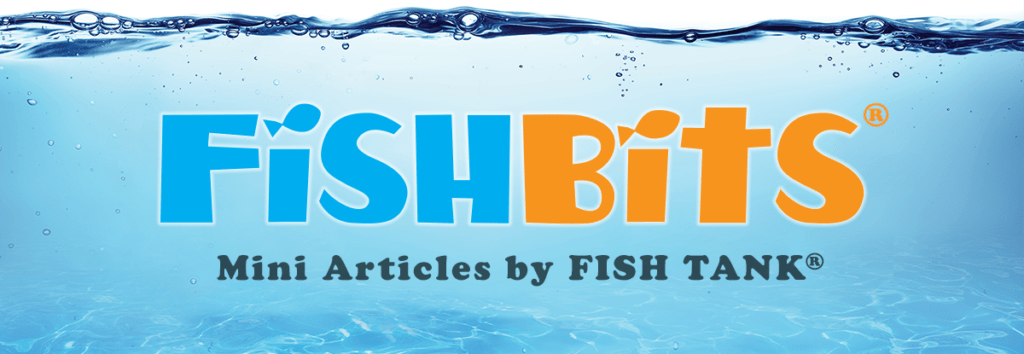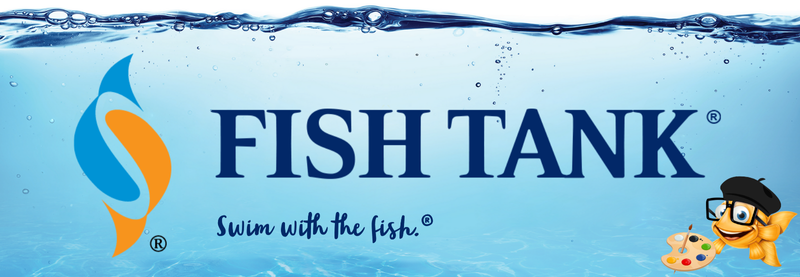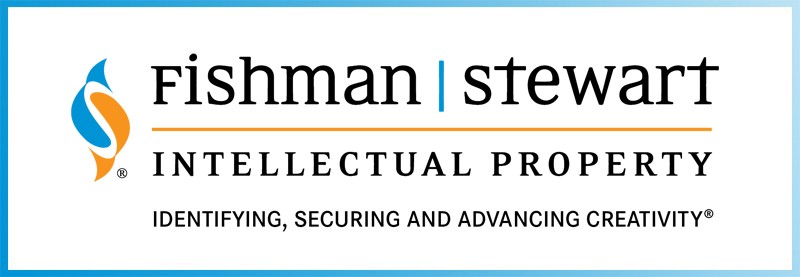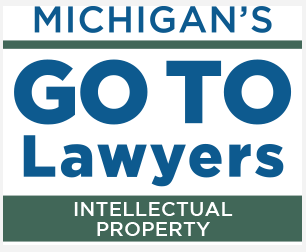Intellectual Property Insights from Fishman Stewart PLLC
Newsletter – Volume 23, Issue 14
Share on Social
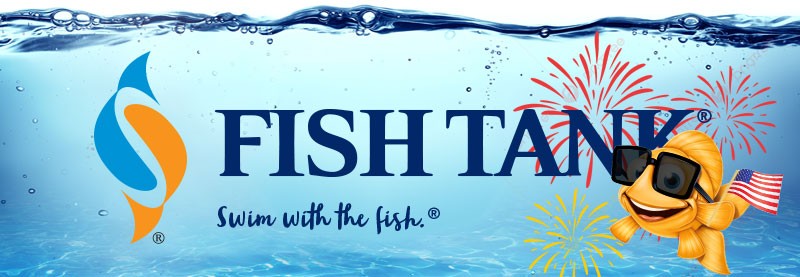
PATENTS IN RED, WHITE, AND BOOM!
As we prepare to celebrate our nation’s independence, our plans include parties, picnics, and parades which often conclude with an evening of fireworks. It has become quite the tradition and an integral part of the festivities.
The development of fireworks dates back over 2,000 years starting with the development of gunpowder in China. Initially, gunpowder was used for medicinal purposes, but its explosive properties were soon recognized, and Chinese innovators began harnessing gunpowder for entertainment, celebrations, and other applications.
As time passed, China developed more sophisticated fireworks. They discovered that different chemical compounds and additives could produce a variety of colorful effects. By adding various metal salts to gunpowder mixtures, they achieved vibrant colors like red, green, and yellow. This advancement allowed for the creation of dazzling visual displays in the night sky.
But can it be true that something as old and time-tested as fireworks have experienced continued innovation and development since their origins in ancient China?
The use of fireworks for celebration stretched globally over the centuries and by the 17th and 18th centuries, fireworks had reached the American colonies. The colonists adopted the use of fireworks for various occasions, including political rallies, Independence Day celebrations, and other festivities. John Adams advocated for fireworks as part of the Fourth of July celebrations, famously writing:
“It ought to be solemnized with Pomp and Parade, with Shews, Games, Sports, Guns, Bells, Bonfires and Illuminations from one End of this Continent to the other from this Time forward forever more.”
Fireworks thus quickly became an integral part of the American tradition – with innovations fueled by the nation’s patent system. T.M. Pierce developed a fireworks torch in 1893 and A.J. Lutz toy fireworks in 1899. The humble sparkler arrived on the scene in 1934 and a shielded holder in 1941. Focus in recent years has been on other issues, with a harmless firework in 1973, a patent for decreased environmental impact in 1994, and a patent to reduce animal anxiety in 2016.
But the products themselves are clearly still under active development. An inventor in China recently patented the famous firework with a smiling face effect – which many of us have seen (the smiling face is shown in Figure 2), a light display method and fireworks shell from an inventor in Japan, and a recently issued U.S. patent for cold fireworks.
From their humble origins in ancient China to the extravagant displays witnessed around the world today, fireworks have evolved into an integral part of cultural celebrations and joyous events. They continue to captivate audiences, evoke awe and wonder, and symbolize the collective human desire to celebrate, commemorate, and marvel at the beauty of light and color in the night sky.
We can trust that inventors worldwide will continue innovating and we look forward to new experiences in years to come.
Paul Ratzmann is a partner at Fishman Stewart and a registered patent attorney, practicing in many technology fields. As an engineer, before he became a patent attorney, Paul was an inventor and is listed on eleven US patents, such as the one listed here.
The ESD TechCentury Student Writing Contest Returns for 2023
Fishman Stewart is honored to again sponsor the 2023 Engineering Society of Detroit’s (ESD) TechCentury Student Writing Contest to promote and engage student voices and ideas about the engineering profession. The contest is open to all students studying engineering or a related field at Michigan universities, with the top three finishers being published in the ESD’s January 2024 edition of the TechCentury magazine, and a $1,000 scholarship award to the first-place finisher.
Fishman Stewart is proud to support the educational pursuits of a future generation of innovative minds and looks forward to the contest.
For more information, please contact Susan Thwing at sthwing@esd.org.
Related Content from Fishman Stewart
People have long pondered whether or not the Giza pyramids were indeed solely burial chambers, which was the only known, and archaeologically determined, use—until now.
As the story goes, Klein was so taken with the indescribable blue of the sky over the Mediterranean in Nice, France, that he dedicated his artistic talent developing a blue that would imbue the canvas with this color in its purest form.
Despite her pseudo-legal background in Suits, Meghan has been running into one issue after another in her efforts to register the trademark and logo for her new lifestyle company, for now, called “AS EVER”.
By 1930, efforts began in New York to replace Mother's Day with Parent's Day because men were more than just breadwinners. Those efforts didn't catch on, probably because in that era, women often spent more time in the home.
In February, Nike and Skims announced that they will be working together on a new brand, NikeSkims. The co-brand will create a new line of training apparel, footwear, and accessories specifically designed to meet the unique needs of women athletes.
Generally, federal courts have exclusive jurisdiction over copyright cases, and often, this presents an insurmountable paywall for individual artists and small businesses to vindicate their rights, especially where the value of the individual copyrighted works are relatively low.
Dedicated to raising public awareness about the importance of encouraging innovation and creativity throughout the world, the World Intellectual Property Organization (WIPO) annually observes World Intellectual Property Day on April 26 to showcase the role that patents, trademarks, industrial designs, copyrights and trade secrets play in our everyday lives.
Hold onto your foam fingers, sports fans – college sports just got a whole lot more interesting! The latest updates to Name, Image, and Likeness (NIL) rules are making student-athletes bigger than ever, and it’s not just about the game anymore.
Did a federal court in Louisiana recently decide that US copyrights are global rights? It seems so.
L.A.B. Golf aims to protect its innovations, and therefore its market position, owning three patents for its zero-torque design. The question now is whether L.A.B. Golf can withstand the wave of copycat designs.
IDENTIFYING, SECURING AND ADVANCING CREATIVITY®


